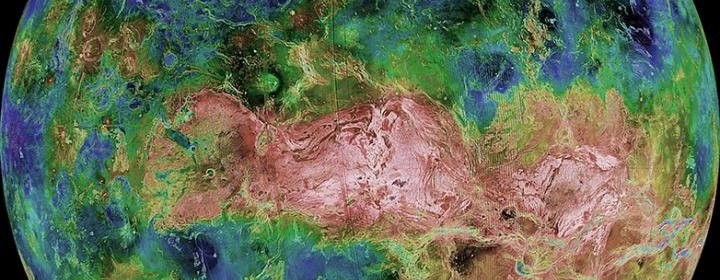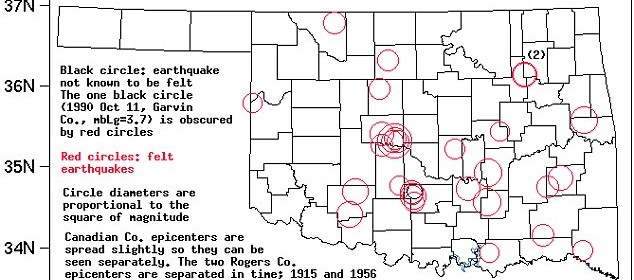Plate tectonics thanks to plumes?

“Knowing what a chicken looks like and what all the chickens before it looked like doesn’t help us to understand the egg,” says Taras Gerya. The ETH Professor of Geophysics uses this metaphor to address plate tectonics and the early history of the Earth. The Earth’s lithosphere is divided into several plates that are in constant motion, and today’s geologists […]
Read more



